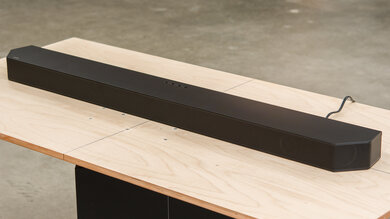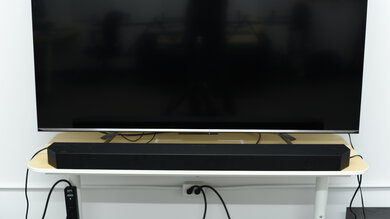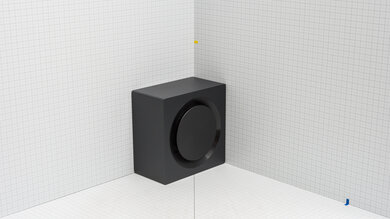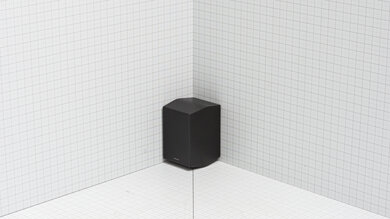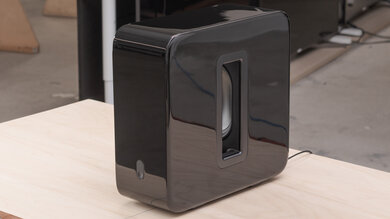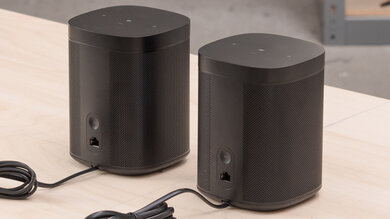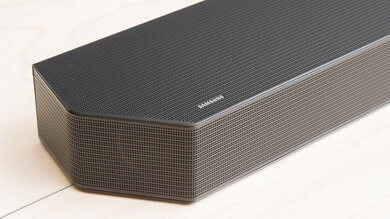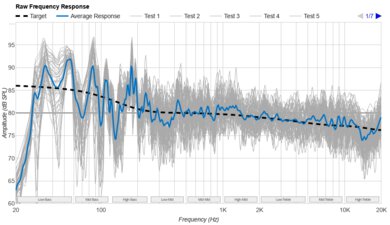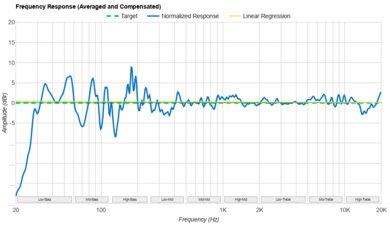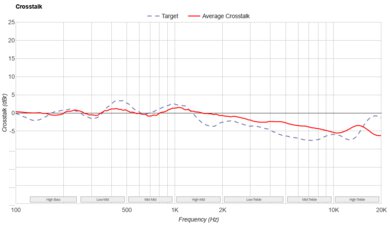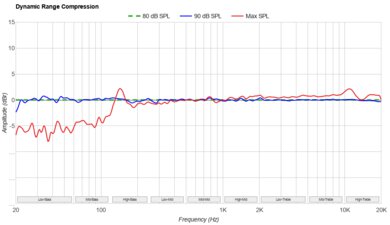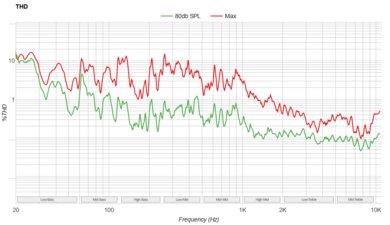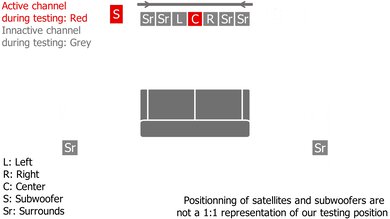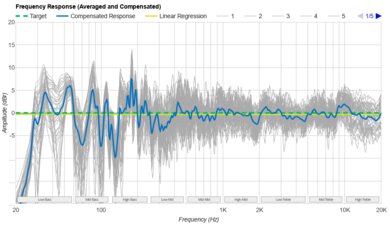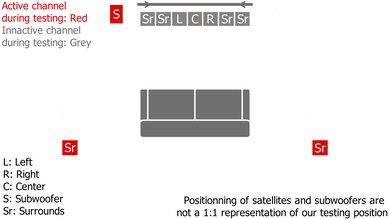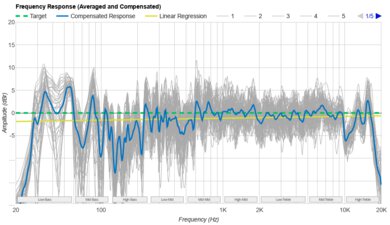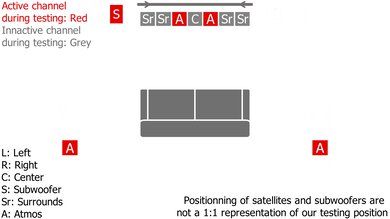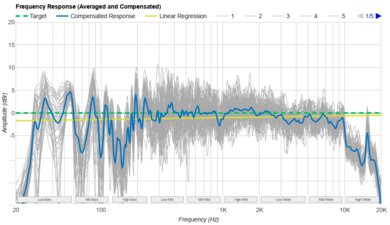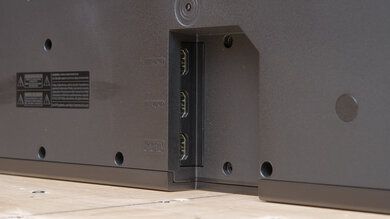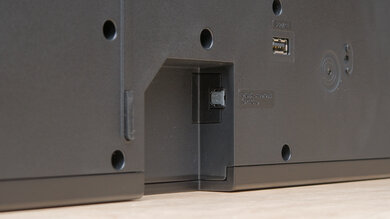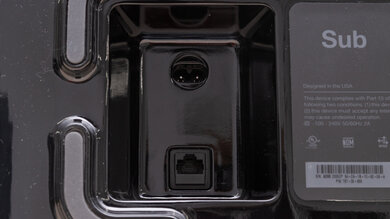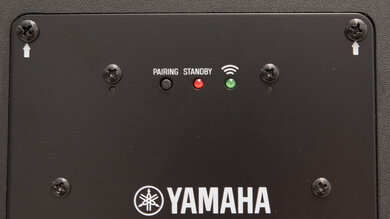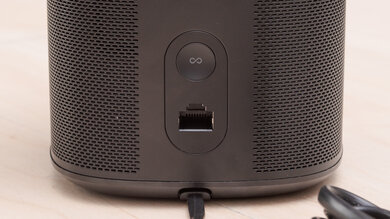The Nakamichi Shockwafe Pro 7.1 SSE is a 7.1.4 setup with many customization features. SSE stands for Spatial Surround Elevation, a unique feature that allows you to choose between three different vertical surround modes based on the distance between the bar, the speakers, and your listening area. Though it has a very bass-heavy sound out-of-the-box, you can customize it to ensure that vocals and lead instruments are clear and present in the mix. It offers immersive surround sound. While its Atmos performance can't beat the more premium models on the market, it's still a fair value.
Our Verdict
The Nakamichi Shockwafe Pro 7.1.4 is good for mixed usage. Though it has a very boomy sound out-of-the-box, it's easy to use its subwoofer level and treble adjustments to customize its sound. Voices in TV shows are clear and accurate, and you feel the rumble in the bass with action-packed movies and bass-heavy music. There are lots of customization features, too. That said, its Atmos performance isn't the best, and the bar struggles to create the illusion of height with sound effects.
- Subwoofer level adjustment.
- Gets loud.
- Great surround sound.
- Atmos performance isn't very immersive.
The Nakamichi Shockwafe Pro 7.1.4 is very good for dialogue-heavy content like TV shows. It has a discrete center channel that anchors voices to a pinpoint location in the soundstage, and dialogue is reproduced clearly and with detail. Its Clear Voice feature enhances dialogue, too. If you want to stream podcasts to the bar, your options are a bit limited, though, as it only supports Bluetooth connectivity.
- Clear Voice feature.
- Bluetooth-compatible.
- No Wi-Fi, Chromecast, or AirPlay capabilities.
The Nakamichi Shockwafe Pro 7.1.4 is decent for music. While its out-of-the-box sound is quite boomy and bass-heavy, you can use its subwoofer level and treble adjustments to create a more neutral, balanced sound. Vocals and lead instruments are reproduced clearly and with detail, and it offers an extended bass that helps you feel the rumble in bass-heavy genres like EDM. Unfortunately, there isn't a full graphic EQ, so you can't adjust the full range.
- Subwoofer level adjustment.
- Gets loud.
- No graphic EQ.
- Very boomy sound out-of-the-box.
The Nakamichi Shockwafe Pro 7.1.4 is good for movies. With its deep and rumbling low-bass, you can feel the effects of action-heavy scenes. There are lots of customization features available to enhance its sound, too, including its unique Spatial Surround Elevation (SSE) surround modes. While its performance with surround sound is great, its Atmos performance isn't very impressive.
- Gets loud.
- Clear Voice feature.
- Great surround sound.
- Atmos performance isn't very immersive.
Changelog
-
Updated Dec 17, 2024:
This review's Style - Bar box was updated to mention the Nakamichi DRAGON.
- Updated Oct 17, 2022: Added market comparison for the Nakamichi Shockwafe Ultra 9.2 eARC to the 'Audio Format Support - ARC' box.
- Updated Oct 03, 2022: Updated the bar mounting results to 'Proprietary' in the 'Back - Bar' and 'Back - Satellites' boxes.
- Updated Feb 16, 2022: Review published.
Check Price
Differences Between Sizes And Variants
The Nakamichi Shockwafe Pro 7.1.4 is available in 'Black', and you can see the label for the 7.1.4 model we tested here.
A version of this soundbar was released in 2016 called the Nakamichi Shockwafe Pro 7.1. However, it didn't come with up-firing drivers, and it didn't support Dolby Atmos or DTS:X content. In 2018, the Nakamichi Shockwafe Pro 7.1.4 was released. At the time, it was only advertised to support DTS:X. However, a later firmware update added Dolby Atmos support and SSE. This tested 7.1.4 model was purchased after 2019, so it came with Dolby Atmos and SSE right out of the box.
If you come across another version of this soundbar, let us know in the discussions, and we'll update our review.
Popular Soundbar Comparisons
The Nakamichi Shockwafe Pro 7.1.4 is a premium 7.1.4 setup with immersive surround sound. Its unique Spatial Surround Elevation feature lets you adjust the bar's performance based on the layout of your listening space, and it supports Dolby Atmos and DTS:X content. Compared to other premium bars on the market, its Atmos performance isn't very immersive, but it does a fair job for its value.
See also our recommendations for the best soundbars, the best Dolby Atmos soundbars, and the best soundbars for movies.
The Nakamichi Shockwafe Ultra 9.2 eARC is quite a unique bar, especially compared to the Nakamichi Shockwafe Pro 7.1 SSE. The Ultra comes with two subwoofers and four satellites, so it's ideal if you want to fill a really large space with sound. With just one subwoofer and two satellites, the Pro 7.1 SSE more closely resembles other bars on the market. That said, unlike the Ultra, it lacks eARC support for formats like DTS:X.
The Nakamichi Shockwafe Pro 7.1 SSE is a pared-down offering compared to the Nakamichi DRAGON. The Shockwafe features a plastic design, in contrast to the DRAGON's metal construction. Though it packs a similarly bass-heavy sound into a much more compact frame, it does fall short of the DRAGON in a few key areas, including default frequency response, center performance, and dynamics. The DRAGON also features HDMI 2.1 with 4k passthrough at 120Hz, and its three HDMI In ports make it a great option for gamers with multiple consoles. That said, the DRAGON's high retail price will deter many.
The JBL Bar 9.1 is better than the Nakamichi Shockwafe Pro 7.1 SSE. The JBL is a 5.1.4 setup with a better soundstage and eARC support. It has a more neutral sound out-of-the-box, especially compared to the Nakamichi's boomy, bass-heavy sound. That said, the Nakamichi is still a good choice for mixed usage overall.
The Sonos Arc and the Nakamichi Shockwafe Pro 7.1 SSE are two very different soundbar setups. The Sonos is a premium standalone soundbar that you can upgrade to the Sonos Arc with Sub + One SL Speakers. It has a better soundstag but on its own, can't reproduce as much low-bass as the Nakamichi. Thanks to its satellites, the Nakamichi also has a better surround performance. That said, you can always add on satellites to the Sonos to improve its surround sound.
Test Results


